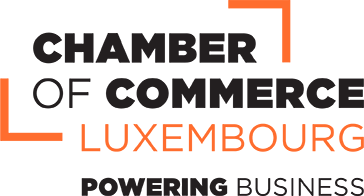

Two important guidelines were recently published by the European Commission, shedding light on key provisions of the AI Act[1], the EU’s legislative framework on AI.
The first set of guidelines focuses on AI practices that are considered as “prohibited” under the AI Act. The second set of guidelines aims to assist stakeholders determine whether a specific software constitutes an “AI system”, according to the definition in the AI Act.
Guidelines on prohibited AI practices
The AI Act follows a risk-based approach, classifying AI systems into different risk categories. AI systems posing “unacceptable risks to fundamental rights and Union values” are prohibited under Article 5 of the AI Act (applicable since 2 February). These include, for example, AI systems deploying subliminal techniques, AI practices exploiting vulnerabilities, social scoring systems as well as those that infer emotions in the workplace.
The guidelines published aim to increase legal clarity and to provide insights into the Commission’s interpretation of these prohibitions. As explained by the Commission “they should serve as practical guidance to assist competent authorities under the AI Act in their enforcement activities, as well as providers and deployers of AI systems in ensuring compliance with their obligations under the AI Act”.
The Guidelines can be found here.
Guidelines on the definition of an « AI system »
By issuing guidelines on the AI system definition, the Commission aims to assist providers and other relevant stakeholders in determining whether software constitutes an “AI system”. The AI Act does not apply to all systems, but only to those that fulfil the definition of an “AI system” within the meaning of Article 3(1) AI Act. This definition is therefore key to determine whether software falls in the scope of the AI Act.
The European Commission moreover explains that these guidelines “are designed to evolve over time and will be updated as necessary, in particular in light of practical experiences, new questions and use cases that arise.”
The Guidelines can be found here.
Next Steps
Both these guidelines are not legally binding[2]. Although approved, they will be formally adopted by the Commission at a later date, when all language versions are available.
[1] Regulation (EU) 2024/1689 of the European Parliament and of the Council of 13 June 2024 laying down harmonised rules on artificial intelligence and amending Regulations (EC) No 300/2008, (EU) No 167/2013, (EU) No 168/2013, (EU) 2018/858, (EU) 2018/1139 and (EU) 2019/2144 and Directives 2014/90/EU, (EU) 2016/797 and (EU) 2020/1828 (Artificial Intelligence Act).
[2] As the European Commission explains « Any authoritative interpretation of the AI Act may ultimately only be given by the Court of Justice of the European Union (CJEU) ».


